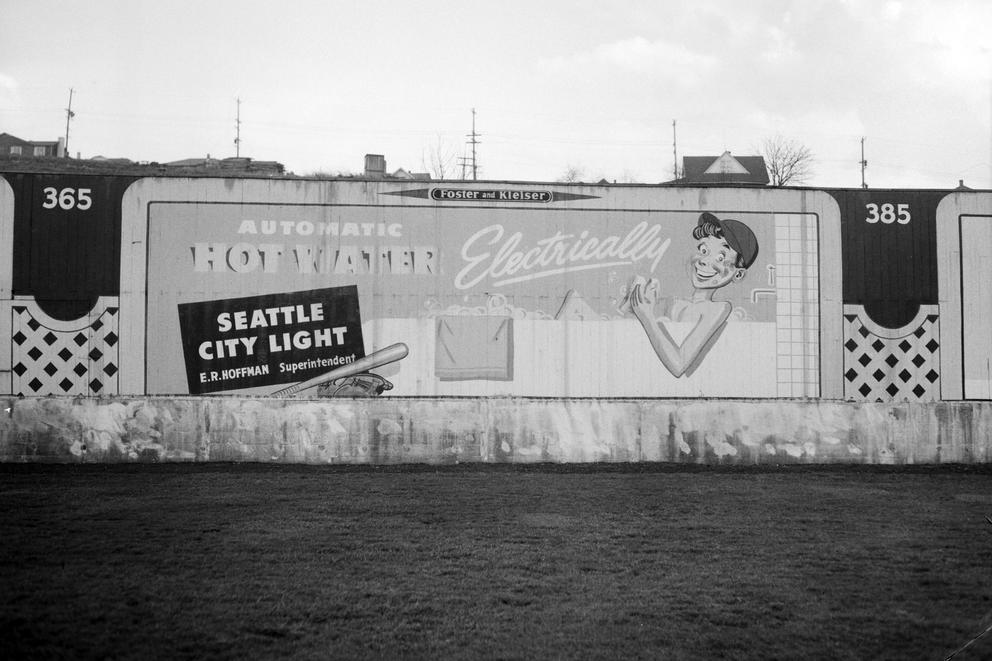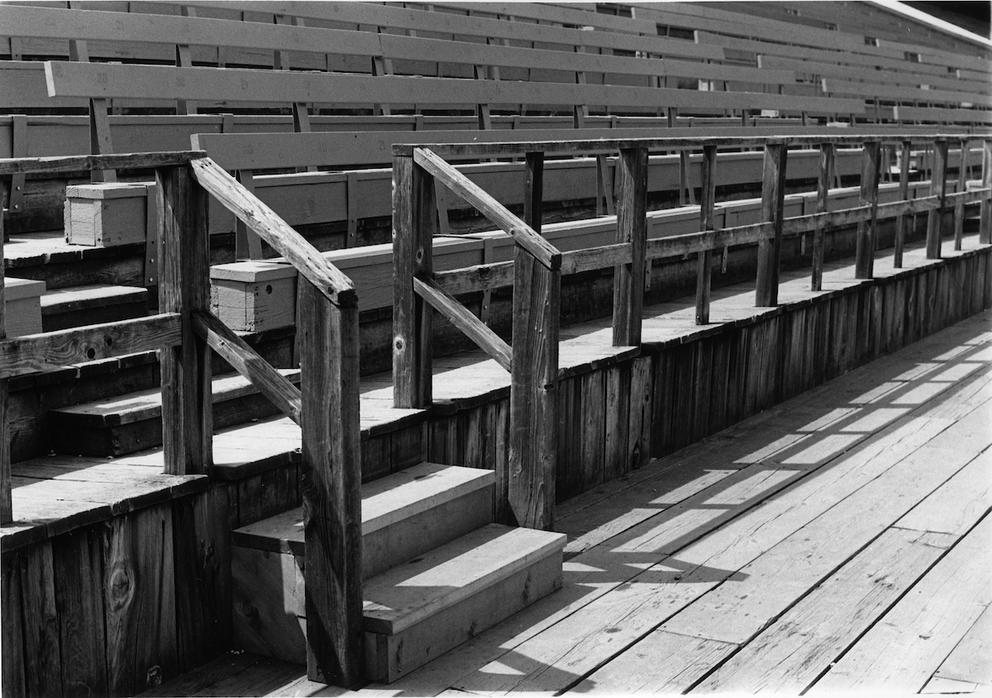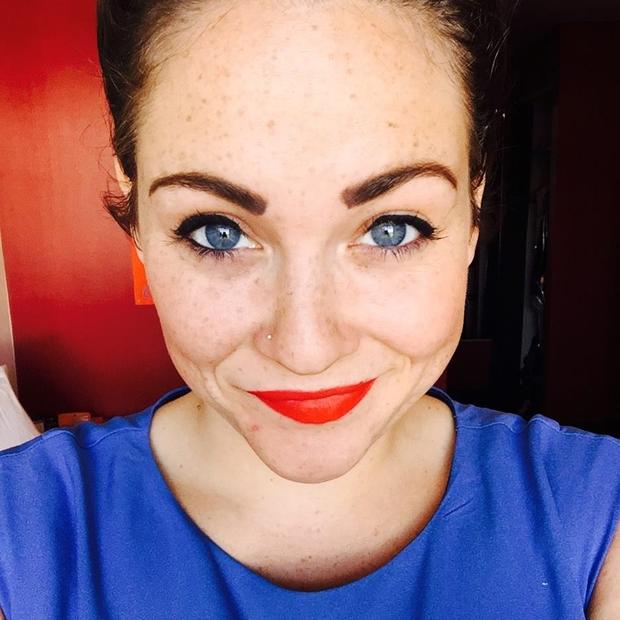“Wait, where?” he asks.
I point to the Lowe’s hardware store as we go by, and indicate the yellowed, peeling sign that stands up against it. The sign proclaims that the hardware store is also the site of “Historic Sick’s Stadium.” It’s very easy to miss.
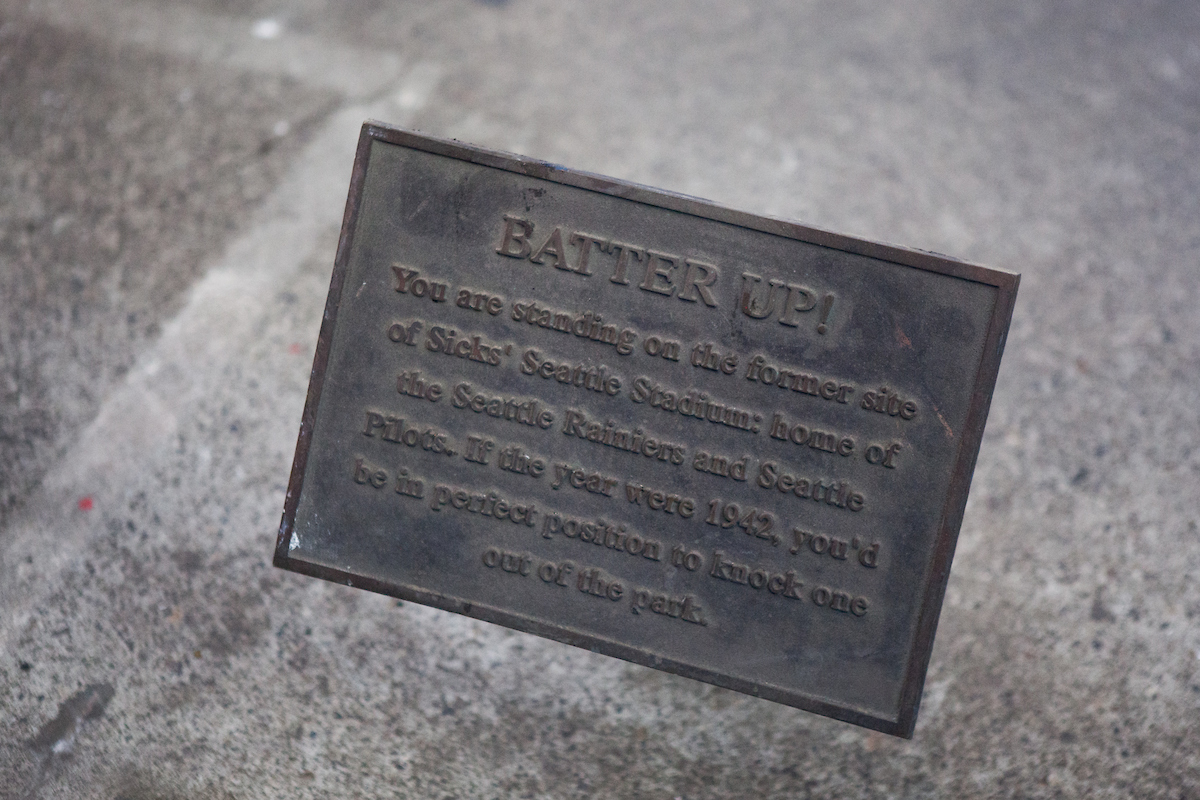
From 1938 to 1977, Sicks’ Stadium (also stylized as Sick’s; Sicks’ with an apostrophe was adopted later to incorporate the entire Sick family) hosted thousands of baseball games, a couple football games and a number of concerts. It was home to a handful of teams from various leagues and divisions. It was, during the sport’s much-hailed glory days, where baseball lived in Seattle.
But between 1976 and 1978, leased to a private company and hardly maintained, it fell into such a state of disrepair that the mother of one high school ballplayer told the Seattle P-I that it was “a disgrace to the City of Seattle.”
Eventually, the park was stripped for parts and demolished. A hardware store went up in its place, but the city erected a sign. There’s also a little metal plaque near one side of the building that reminds the reader that “if it were 1942, you’d be in the perfect position to knock one out of the park.”
It hardly feels like enough for a park whose history is so representative of Seattle as a city.
Like most towns, Seattle has a somewhat tense relationship with sports. Our existing teams are young — the Seahawks were founded in 1974 and the Mariners in 1977 — and, to be sure, there are the ones we’ve lost (pour one out for the Sonics). We love our teams, but more often, it seems that we love to loathe them. Forever bearing the Bad News Bears mentality, Seattle sports fans live in a perpetual state of no joy in mudville — except, of course, for the Storm, three-time WNBA champions who are often overlooked when sports fans cry out to “bring basketball back to Seattle.”
The fate of Sicks’ Stadium is, in many ways, a perfect metaphor for the challenges facing Seattle today: A place that held nostalgia and memories but couldn’t scale with the rest of the town. A place that Seattle grew out of and then, through a series of decisions both small and large, eventually got lost in the weeds.
It’s also a story about how progressive Seattle’s history (and present) is not quite so progressive. It’s impossible to ignore the fact that at the exact moment Sicks’ Stadium was being proclaimed a fetid mess in the local papers, protesters and citizen activists were pointing to the many ways the city’s south end had been neglected. During the same year that lawmakers were being charged with finally figuring out what to do with Sicks’, they were also being brought to task over the mistreatment of the rest of the Rainier Valley.
How A Stadium Healed Seattle
Sicks’ Stadium rather literally rose from the ashes. After its predecessor, Dugdale Field, was set ablaze by an arsonist on July 4, 1932, Sicks’ Stadium was erected in its place six years later. Both the park and the team were purchased by Emil Sick, owner of the Rainier Brewery, who renamed the team — the Seattle Indians became the Seattle Rainiers.
Sick, who made his living selling a “recession-proof” product — beer — was a capitalist before all else. By naming the team the Rainiers, he knew he could ensure that his beer would be the drink of choice for baseball fans. The art around the stadium advertised the beer. The banners outside did, too. During the radio ads, listeners couldn’t help but get a little parched. He pursued baseball not because he was particularly passionate about the game, but because he saw an economic opportunity. He bought low and he intended to ride the wave.
But Sick was also a philanthropist — another reason why it’s unusual that the only thing that bears his name now is a wooden sign in an ivy bush alongside a busy road. He was integral in the founding of Seattle’s first blood bank and donated generously to the March of Dimes and other organizations that were struggling.
In 1994, Seattle Times columnist Emmett Watson wrote that “unlike the buccaneer owners of today, Mr. Sick did deserve good luck, because he was kind, generous, straightforward and altogether a gentleman.”
It wasn’t just the people in his life who enjoyed the fruits of his success, either; in many ways, Sick and his stadium brought a new era to a city that was in the throes of the Great Depression.
In his book, Pitchers of Beer: The Story of the Seattle Rainiers, Dan Raley explains how “airy” the new stadium felt, and how much the fans enjoyed the construction, the richly green grass and the ease of transportation. Riders could take the “7 Rainier” bus to the games easily. The stadium and the team became the center of Seattle that summer.
“Practically overnight,” Raley writes, “Rainiers baseball had woken up a depressed, slumbering town.”
A Sad 9th Inning for Sicks’
In the 1950s, America’s attitude toward baseball began to change — and so did its feeling about cities and how they should be constructed. As cars began to take up more space and demand new routes, freeways began to punch their way through cities. In 1956, President Eisenhower enacted the Federal Aid Highway Act of 1956, which encouraged regions to build out their infrastructure.
Seattle was as caught up in car culture as anyone else and, in the middle of the 1960s, lawmakers began snapping up properties that could be used for a freeway — what would eventually be I-5. They purchased pieces of property up and down the potential freeway routes, some of which the city still owns. The site of Sicks’ Stadium was one of them; in 1965, the City purchased the land and the building for $1,150,000.
In doing so, they inherited an expensive project.
Sicks’ had not kept up with the times. Built in the 1930s, it was exceptionally unqualified for modern-day major league play. It had relatively little parking. The wooden construction — so quaint now in sepia-toned photos — meant soggy seats and high maintenance costs. It was too small to ever be used for anything more than the minors. And it was also settling into the ground and each year, the winter flooding of the field got worse.
In the 1960s, the City of Seattle decided they wanted something bigger. Despite decades of play by the Rainiers, as well as the Seattle Steelheads, a Negro League team that was brimming with talent, civic leaders and residents began getting anxious to bring a big league baseball team to town.

In Becoming Big League: Seattle, the Pilots, and Stadium Politics, Bill Mullins emphasizes the political decisions — and missteps — that drove Seattle’s pursuit of major league sports. After negotiations, promises, deals, and handshakes, the city, still buzzing from its 1962 World’s Fair glory, secured a deal with the American League. They were getting a team: the Seattle Pilots. There was just one problem.
“In their haste,” Mullins writes, the American League, “had assigned a franchise to a city in need of a major league playing field.”
The American League reluctantly allowed Seattle to use Sicks’ as a temporary location, but the deal meant that lawmakers and voters would have to do two things at once: renovate the old field to get it up to the AL’s standard while building a new one altogether. And the clock was running.
“The voters had to approve the 1968 stadium bond issue and new construction had to be underway by 1970,” Mullins writes. Thanks to the progressive, future-thinking, heavily-bankrolled project known as Forward Thrust, it would be.
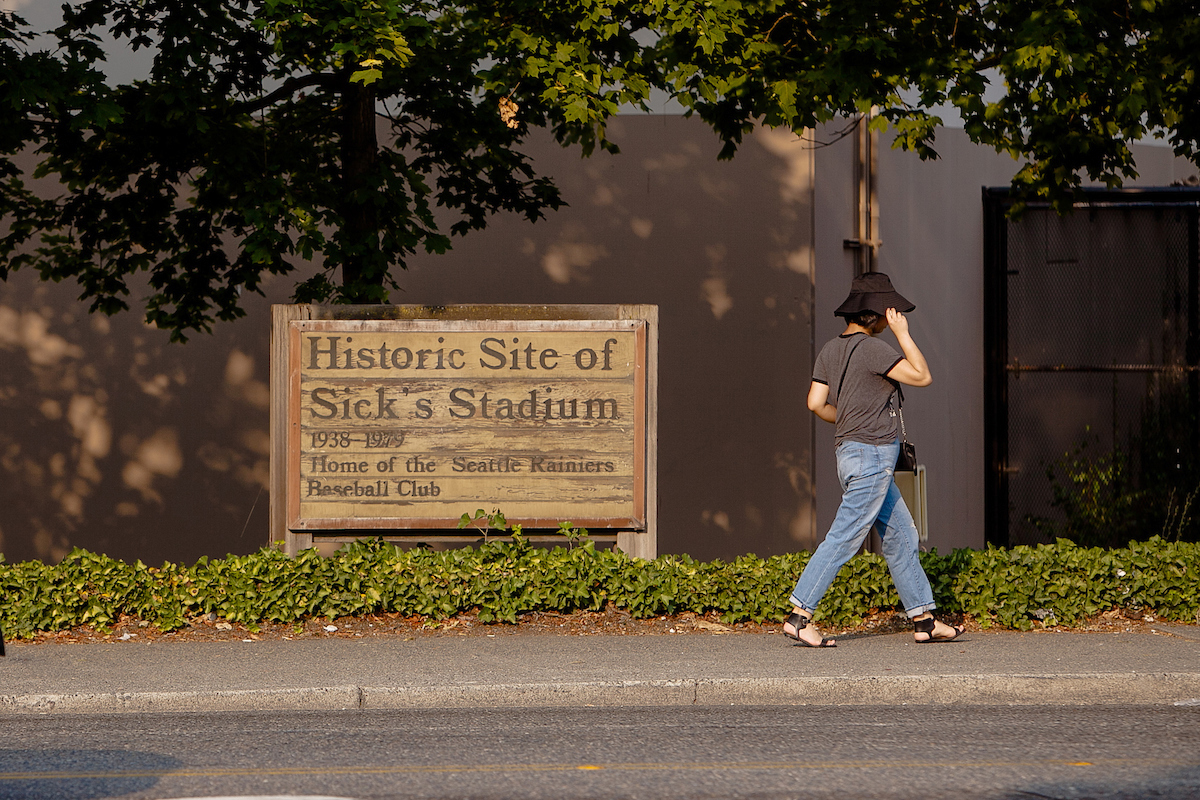
Forward Thrust, which also funded road improvements, neighborhood updates and the Seattle Aquarium, would create a new, domed stadium — the ill-fated Kingdome — with the specific intent of keeping the Seattle Pilots around. Meanwhile, The City of Seattle sunk hundreds of thousands of dollars into the park to attempt to get it up to snuff, knowing full well that they were running out of time. Documents from the City Council in 1968 show that a request for proposal was issued. In the request, Councilmembers note that they intended to draw $1,173,460 from the Emergency Fund because they “could not have foreseen” the sudden need for a remodel.
Before the bids were all considered — and before the Kingdome was finished — the American League grew weary of Seattle’s little stadium (still half the size it needed to be) and its “financially-plagued” team. Following a bidding war by cities (including Milwaukee and Dallas) promising big taxpayer-funded incentives, the American League sent the Pilots away. After just one year of major league baseball, the City was back where it started — but with a bigger stack of bills and a stadium that the AP called “antiquated.”
While construction finished on the Kingdome and Seattle set about looking for a new team to play, bats kept swinging at Sicks’. The enthusiasm, though, was long gone. Attendance dwindled for baseball games — but the park still continued to operate as a community space and a concert venue. Jimi Hendrix played his last Seattle show there in 1970. Janis Joplin played there, too. The UW Husky football team made use of the stadium in 1973 while their own park was getting a makeover.
Eventually, though, Sicks’ shortcomings — including the fact that it wasn’t up to code and couldn’t be without a financial investment of at least a half-million dollars by the City — became impossible to ignore. The Rainiers moved to Tacoma, leaving the stadium empty most nights.
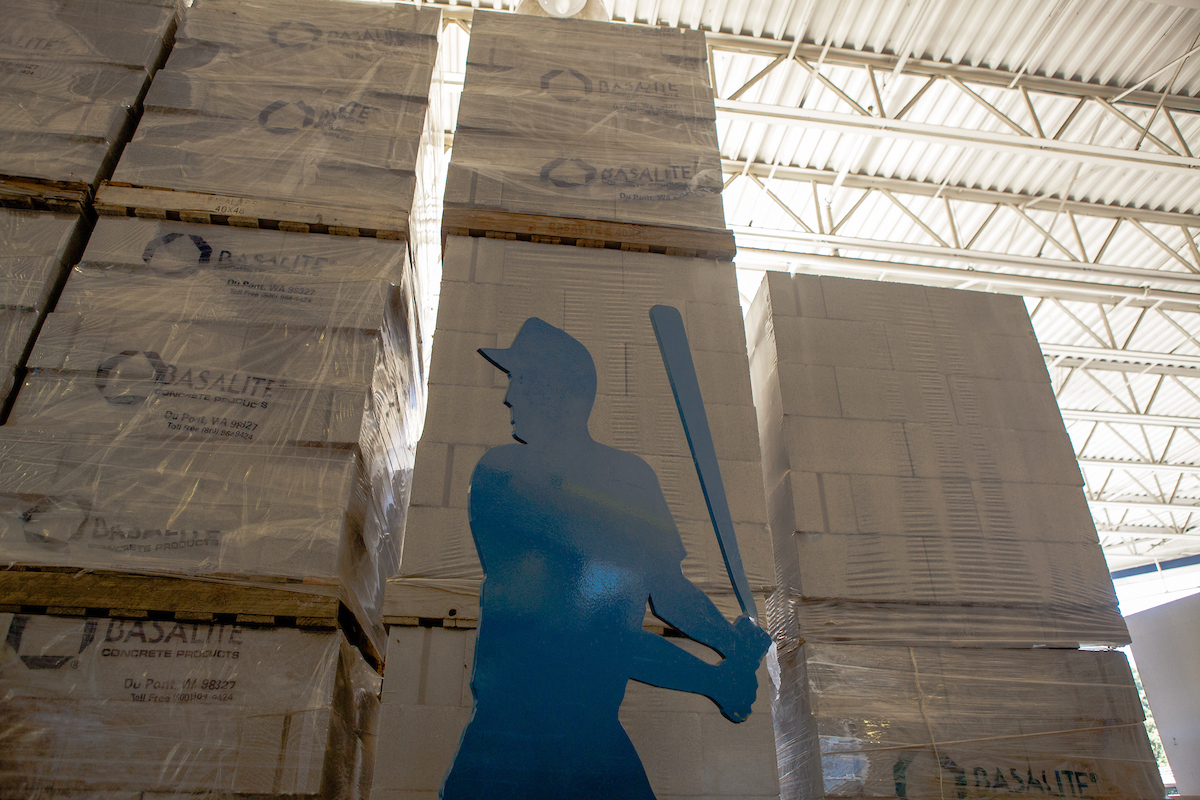
Following the departure of the Rainiers, Sicks’ went largely unused and fell deeply into disrepair. The plumbing was spotty, water pooled everywhere and there were “pigeon droppings” all over the concessions area, one health inspector said. The state created a lot of finger-pointing; just like Safeco Field, the City technically owned the park but leased it to a third party. That third party, citing insufficient municipal funds, failed to keep it up. A 1977 Seattle Post-Intelligencer article, detailing a high school baseball championship hosted at Sicks’, quoted one mother who called it a “filthy mess” and noted that both the organization that was currently leasing the park and Seattle Parks & Recreation blamed one another.
City leaders had to make a decision. Could the City justify the cost of the necessary repairs — including a new drainage system, ADA updates and 500 on-site parking spaces — as well as the maintenance, especially with a major league team (and a major league park) just on the other side of the relatively-new freeway, which had been completed just a decade earlier?
And, perhaps more importantly: Should it bother, considering where the stadium stood?
Distrust and Disinvestment in the South End
A comprehensive, 86-page study authored by the architectural firm of Olsen, Ratti and Fossatti in 1975 made the case for keeping Sicks’ active. The study — called Sicks’ Stadium: An Underutilized Resource — interviewed residents of the area to ask what they thought should be done.
“From interviews, it was determined that the Stadium is not viewed as a white elephant but rather as a landmark,” they wrote. And while most people weren’t too invested in the idea of keeping it a baseball diamond — because it “stands empty most of the year” — the community members did express an interest in some kind of recreational or mixed-use building on the site.
Importantly, the architects also found that the community “voiced objections to the sale...for private uses.”
“No direct public benefits were perceived,” because residents were concerned that private owners would not responsibly keep the land “community oriented” or “attractive.”
The authors of the report also identified another problem that seemed to mostly go unspoken. In the 1970s, southeast Seattle had begun to have a different reputation than it had in the 1930s, when the primary residents were Italian-American families and the neighborhood was known as “Garlic Gulch.”
“Southeast Seattle has, in recent years, undergone a difficult transition as a very large number of minority residents have relocated there,” the authors write. “This wrenching social upheaval in what was once a predominantly white, blue-collar area, has been marked by a high crime rate and other indications of social instability.”
In many ways, the stadium was emblematic of the ways the City of Seattle had neglected the south end. This “upheaval” was directly related to the racist policies of redlining that were slicing up the city and the unwillingness of banks to invest in the community. People of color were limited in where they could rent, buy and live.
Funding for big projects also wasn’t being allocated evenly; both the city and the business community had allowed the wealth and racial gaps to be more pronounced than ever.
Lawmakers, including Mayor Wes Uhlman, who was also running for governor at the time, were being forced to confront the ways that discrimination and inequitable policies were shaping the area. A report issued in 1976 by the task force to investigate the City’s housing and lending policies found that many of the “problem” neighborhoods were in disrepair — abandoned buildings, empty lots, and overgrown open spaces — in part because of “policies such as land acquisition for the freeway.”
Though it’s difficult to imagine Seattle without it, the construction of I-5 changed the topography and the neighborhoods dramatically. In anticipation of the construction of the freeway, the City had acquired a number of properties. Once the freeway was completed, those properties stood unused — some remain untended parcels to this day. Those lots, where houses and businesses once stood, became eyesores.
The architectural report about Sicks’ stated that Rainier Valley was “badly in need of a better image,” and Sicks’ was “an important visual and psychological landmark.” It was an opportunity to do something different.
City leaders needed to show a substantial investment in the South End to demonstrate their commitment to equity, but they also needed to make a financial decision that they could justify. And since the Kingdome was now officially the home of the Seattle Mariners, renovating Sicks’ just didn’t make sense. They could use the stadium itself and use the money from the sale to pay off Sicks’ old debts, of which there were quite a few, effectively washing their hands of the affair altogether.
A report from the Sicks’ Stadium Task Force, convened in 1977 by Uhlman and including future Mayor Norm Rice, found that the spot, if sold, could be used for any number of purposes. Those potential purposes included a new arts center, a mixed-use development, or possibly an educational facility. It could be an opportunity to curb the decades-long practice of disinvestment in the south end.
There were plenty of proposals to choose from. The United Indians of All Tribes Foundation wanted to create the Tahoma Park and Trade Center, a mixed-use hub that would have included arts and cultural spaces as well as commercial retail of indigenous goods. The Task Force report agreed that the public was much more enthusiastic about a community space rather than a private one; the authors cite minutes from the Mt. Baker Community Club that “strongly suggest” a desire to keep the site active.
But at the time, the City of Seattle had no Race and Social Justice lens to apply to the bidding process, nor did they have any formal considerations about racial equity when it came to deals of magnitude. There was no special consideration given to projects that would help create a more equitable Seattle.
There was, however, a group of individuals who decided what was and was not a landmark. Founded in 1973, the Office of Historic Preservation — now called the Landmark Preservation Board — was given the specific task of identifying which buildings were worth saving and how to allocate public dollars to make it happen. However, the board was homogeneous — mostly white, mostly men, and mostly people interested in preserving neighborhoods like Pioneer Square. A baseball stadium in the South End had little to do with their work and, looking through the City’s archival files, it appears as though historic preservation was never even considered for the ballpark.
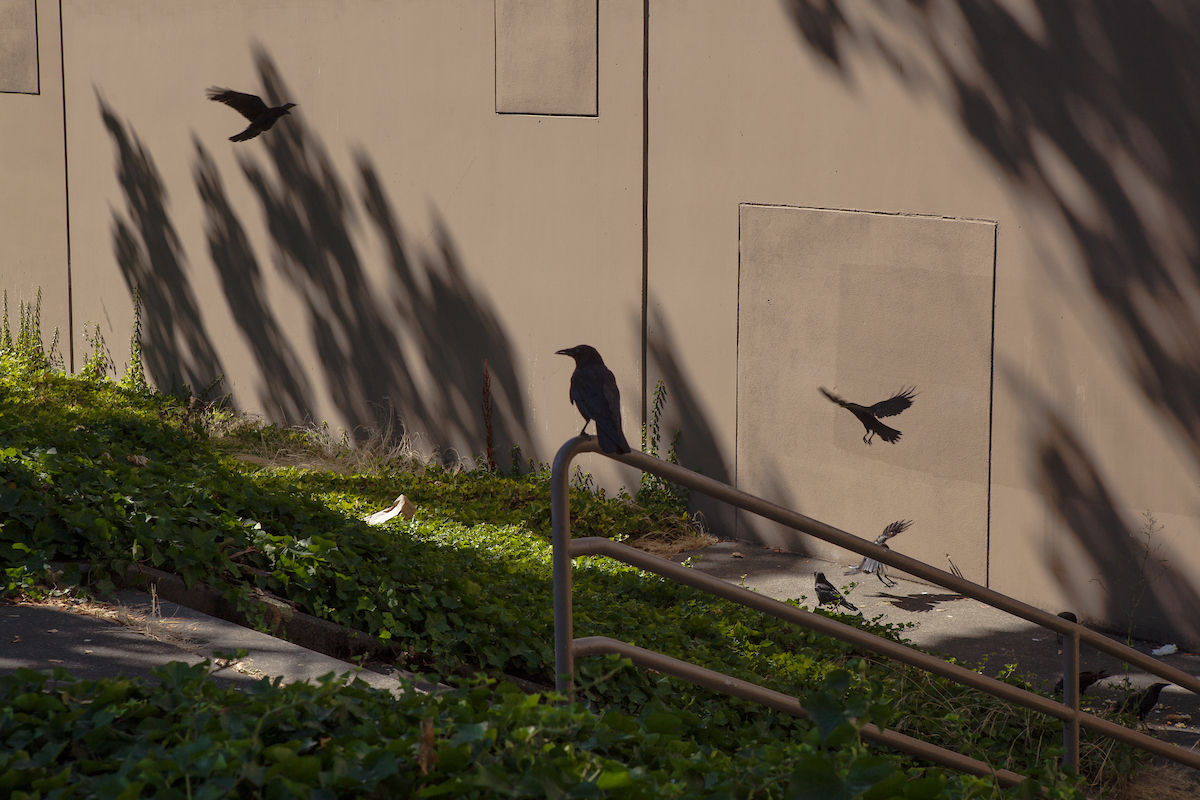
As a result, the City Council and Mayor Uhlman were free to choose the most economically-minded option — selling the site to the highest bidder and letting them figure out the rest.
In 1978, the stadium was sold to someone who, perhaps, could keep the dream alive. The owner of a minor league team called the Vancouver Canadians (now the Sacramento River Cats) purchased the building itself — but not the land —for $60,000. However, he wasn’t trying to be the next Emil Sick; instead, he parted out the stadium for his own team’s new arena and sold off anything he couldn’t use. By 1979, the stadium was gone entirely.
It didn’t become a recreational area. It didn’t become a home for indigenous artists and traders. It didn’t become a green space for soccer or gymnastics. It didn’t become a community center.
Instead, after years of hand-wringing and proposals, Sicks’ Stadium became a vacant lot. The city retained the property, itself, for years; just another derelict plot in South Seattle. It was classified as a landfill by the City of Seattle in 1984, though it wasn’t considered dangerous enough to merit action.
And then in 1998, it became a hardware store with plenty of parking. The store, called Eagle Hardware, spent years using current and former Seattle Mariners to advertise. Seattle’s ‘90s kids probably remember Randy “the Big Unit” Johnson riding a lawnmower through the aisles.
The decision to sell and ultimately tear down Sicks’ was not malicious, though it’s easy to see it that way through the modern lens of preservation, historical significance and social justice. Demolishing the park made all the financial sense in the world at the time, and having this sub-par stadium made Seattle look like a minor league city at a time when all anyone wanted was to get called up to the majors.
It’s also something of a cautionary tale, or at least worth examining. King County has given $135M to the Mariners for maintenance of Safeco Field and just yesterday, the Seattle City Council approved $700M for the renovation of Key Arena. Advocates of affordable housing keep asking whether taxpayer money is best spent on stadiums. Time and again, research has shown that it’s not — but our history here in town also shows that sleeping on upgrades can lead to much larger problems down the line.
The relative obscurity that Sicks’ fell into after the fact is also notable, especially in a town that loves to commemorate the things that matter to us by etching them in stone or casting them in bronze. Now, aside from the occasional well-researched eulogy, the history of the Seattle Pilots and the little field of dreams where they played is relegated almost entirely to the purview of somewhat annual reminders on Reddit or historic softball photo galleries.
And of course, there’s that sign.

